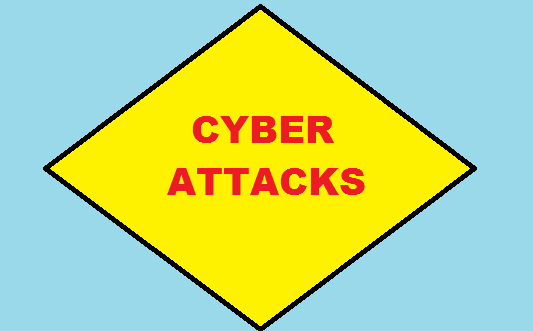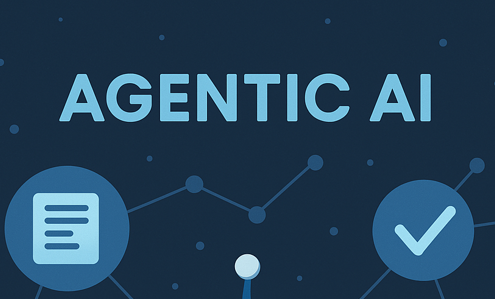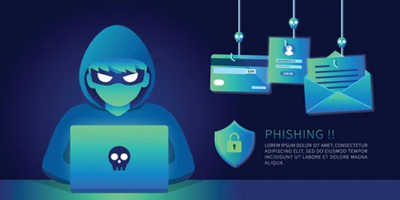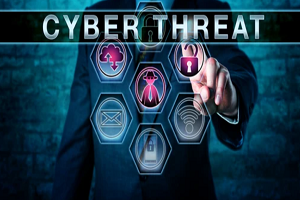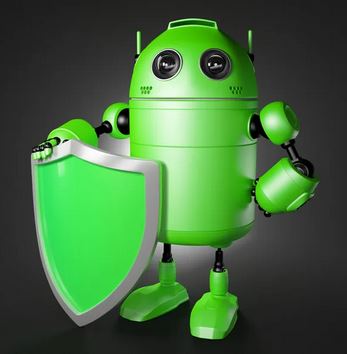Most of us are well aware of the term ‘cyber attack’, but many of us don’t know what it is. A cyber attack is known as an attempt by unauthorized people to damage or manipulate a computer system or network. These types of attacks can appear be in different forms from stealing personal information to taking control of systems and sometimes generating a demand of a ransom (generally payment form is cryptocurrency) for releasing the control. The underlying reason for swiftly rise in such attacks is due to the fact that they are usually difficult to detect.
Different Types of Cyber Attacks
- Malware: “Malware” represents different types of hazardous software, including viruses as well as ransomware. If a computer gets infected by malware, then it can result in a great deal of trouble. It can take control of the respective system, monitor the system activities and keystrokes of the user and to the worst, it can silently keep sending every type of private data from this particular computer or network to the home base of the attacker.

Malicious Software attacks the computer via several channels. The most common types of software in this regard are viruses, worms, and Trojan horses.
- Phishing: In simple words, phishing is one of the cybercrimes in which a victim or victims are contacted by telephone, email or text message by criminals pretending as a legitimate organization for tempting people into giving confidential and sensitive information, including banking as well as credit card details, passwords etc.
After taking the information, it is utilized for accessing crucial accounts, resulting in identity theft as well as financial loss. It involves some sort of urgency and in emails an attachment or a link to click.
After opening that harmful attachment, a person will eventually install malware on his/her computer. Upon clicking that particular link, it might send the person to a legitimate appearing website that will ask to log in to gain access to an essential file/information.
- SQL Injection Attack: This type of cyberattack performs its work by exploiting a known SQL vulnerability, causing SQL server to execute malicious code. For a significant period, SQL Injection was considered as the most usual application layer attack method. Attackers insert customized queries and thus they escape security measures and make the applications to execute malicious actions.
- Botnets: Most of the internet users are not getting familiar with the term botnet Army because the effect of a discrete system is minimal. Whenever a large number of the specific unobtrusive Bots are directed for executing forward transmissions to one Web application, such Bots can pose a severe security threat.
- DDoS: DDoS stands for Distributed denial of service. These attacks are considered as a subclass of DoS or denial of service attacks. This particular attack is involved with various connected online devices, entirely called as a botnet that is utilized to flood a particular website with false traffic. They target a vast range of crucial resources, ranging from news websites to banks and presents a vital challenge to individual’s access to some essential information.
- Cross-Site Scripting (XSS): Cross-Site Scripting or XSS attacks are one sort of injection attack and in this scenario, malicious scripts get injected into the benign as well as reliable websites. An attacker can employ a cross-site scripting attack through injecting harmful code into a script or comment that could run automatically.
Three other types of cyber attacks are Session Hijacking and Man-in-the-Middle Attacks, and Credential Reuse.
Preventive Measures of Cyber Attacks
- Maintain Your Privacy: Beware of sharing your personal or confidential information online if you are not completely sure about the safety of the particular website. The first assessment can be performed by finding out whether it is HTTP:// or https://. If the website starts with HTTP://, then it is not secure. You must stay away from such websites.
- Don’t Click Blindly: Many people have a tendency to click on links in emails without making any assessment about it. If you receive any file in email (without any prior communication), then don’t download it. Upon receiving an email from a credit card company or bank, if you feel something suspicious, then call the respective office immediately.
- Keep the System Up to Date: Hackers look for computers that are not updated and for those who do not get patches or security updates. These unauthorized people devise different ways of gaining access to computers and due to an absence of updates or security patch installation can result in cyber attacks. If you are able to allow automatic updates on the computer, then you should do it.
- Hold a Backup Every time: Always hold a backup of all of your files to resume the normal situation instantly. Whenever you are going to make any change to the system, you need to create a backup before that.
- Security of Wi-Fi Networks: In case you are holding a Wi-Fi network in your workplace, then always make sure that it is hidden and secure.
- Updated Antivirus: The installation, utilization, and regular update of antivirus as well as antispyware software are very important on all computers (that you are using).
- Get Knowledge: With the advancement of technology, more and more online threats are coming into the picture, therefore, it is tremendously important to stay updated about the principles of cybersecurity.
- Firewall Utilization: Don’t forget to utilize a firewall for the internet connection. Firewall blocks unauthorized access to and from a private network.
A firewall provides a protection to the computer by playing a role of a gate via which all data must proceed. By preventing definite types of traffic, the firewall provides protection to users’ computer or network from any type of unauthorized user and thus protects data from attack.
- Updated Software: You need to download as well as install required and crucial software updates for the particular Operating Systems as well as applications when they are available.
- Backup Copies: You need to make backup copies of essential data and information.
The online world is full of threats and these threats are waiting for an opportunity to attack your computer system and fulfill their intention. Hence, proper and updated knowledge is very important to save yourself from online attacks. Follow the instructions and enjoy your online journey.
